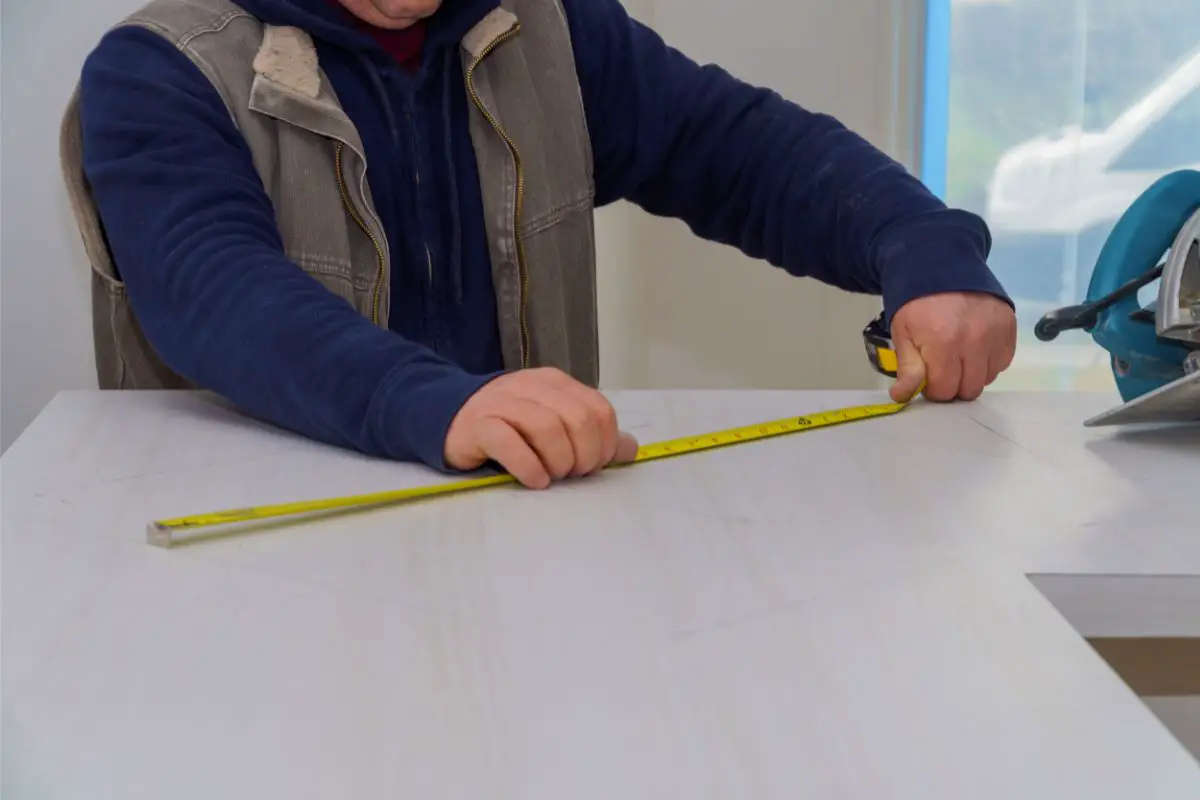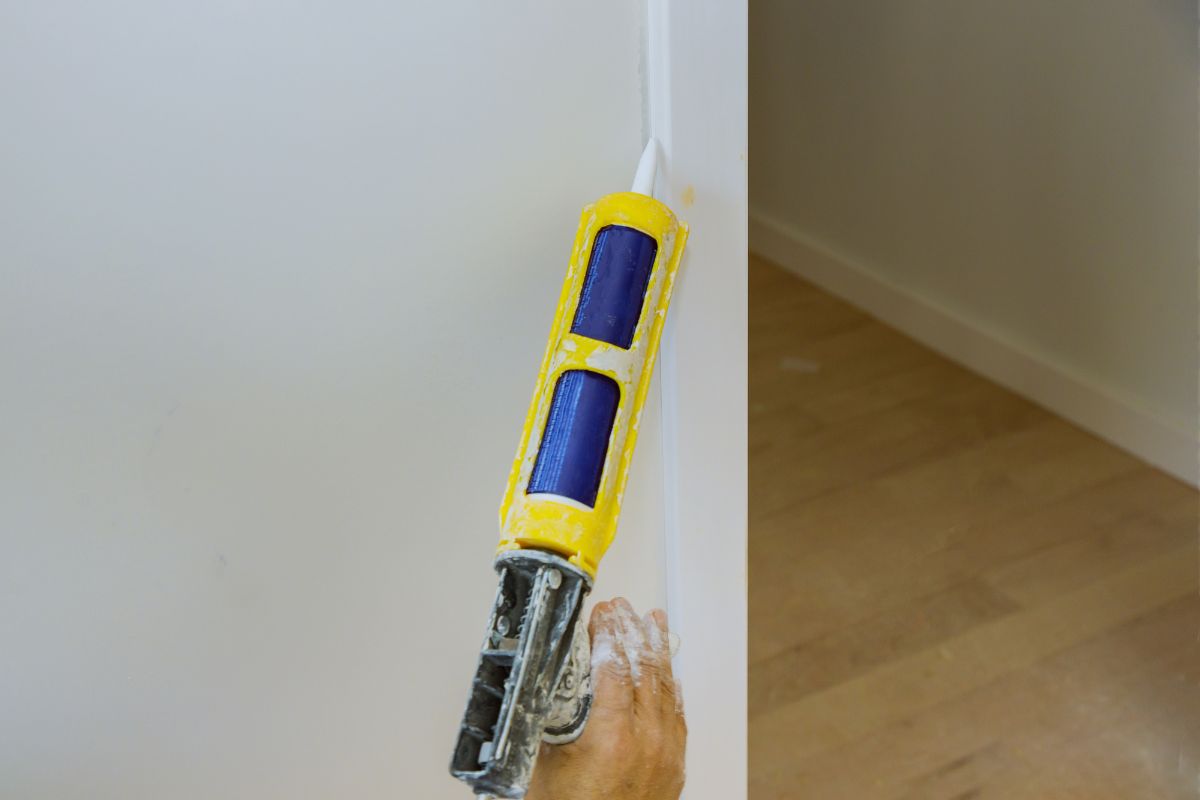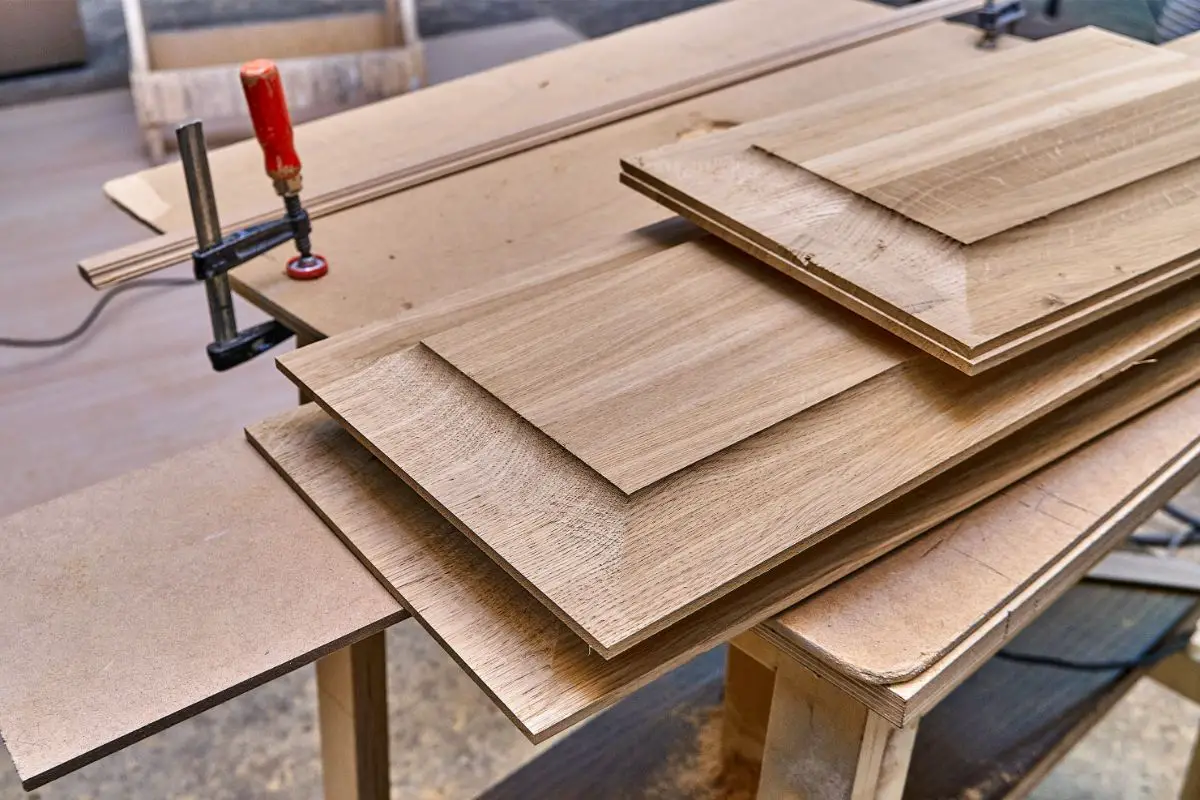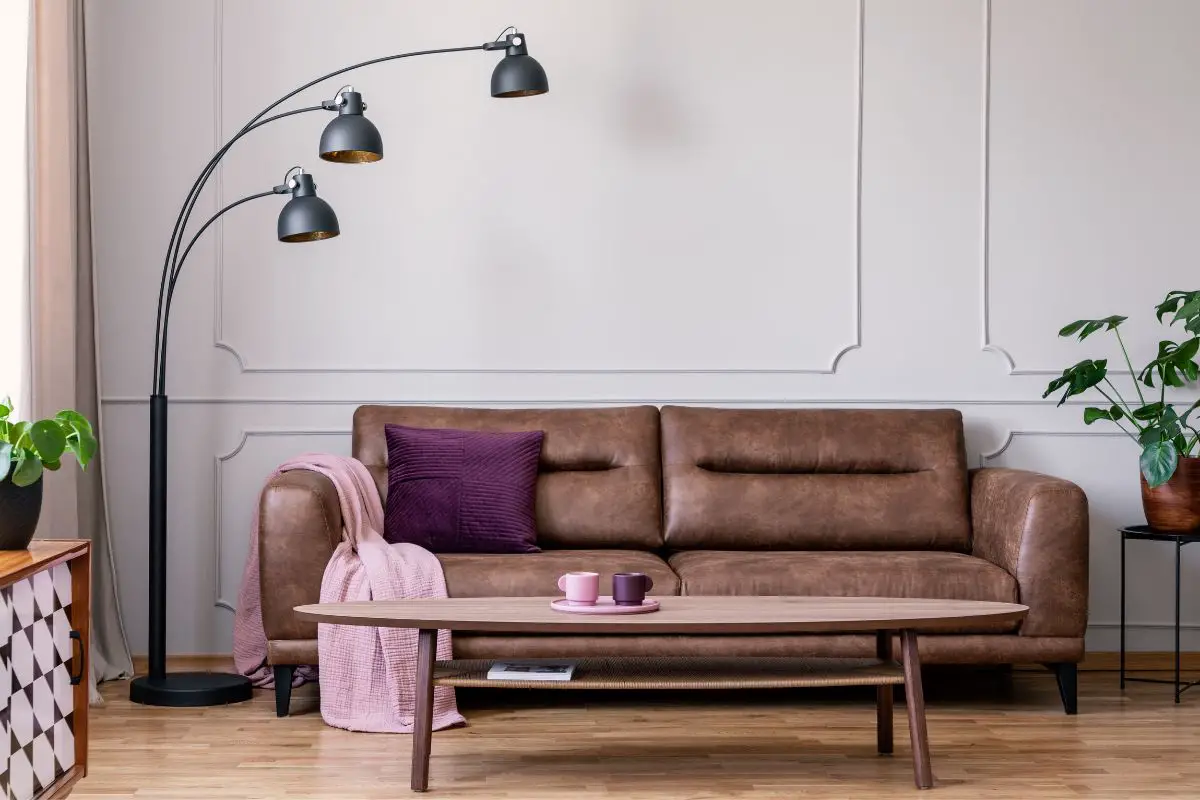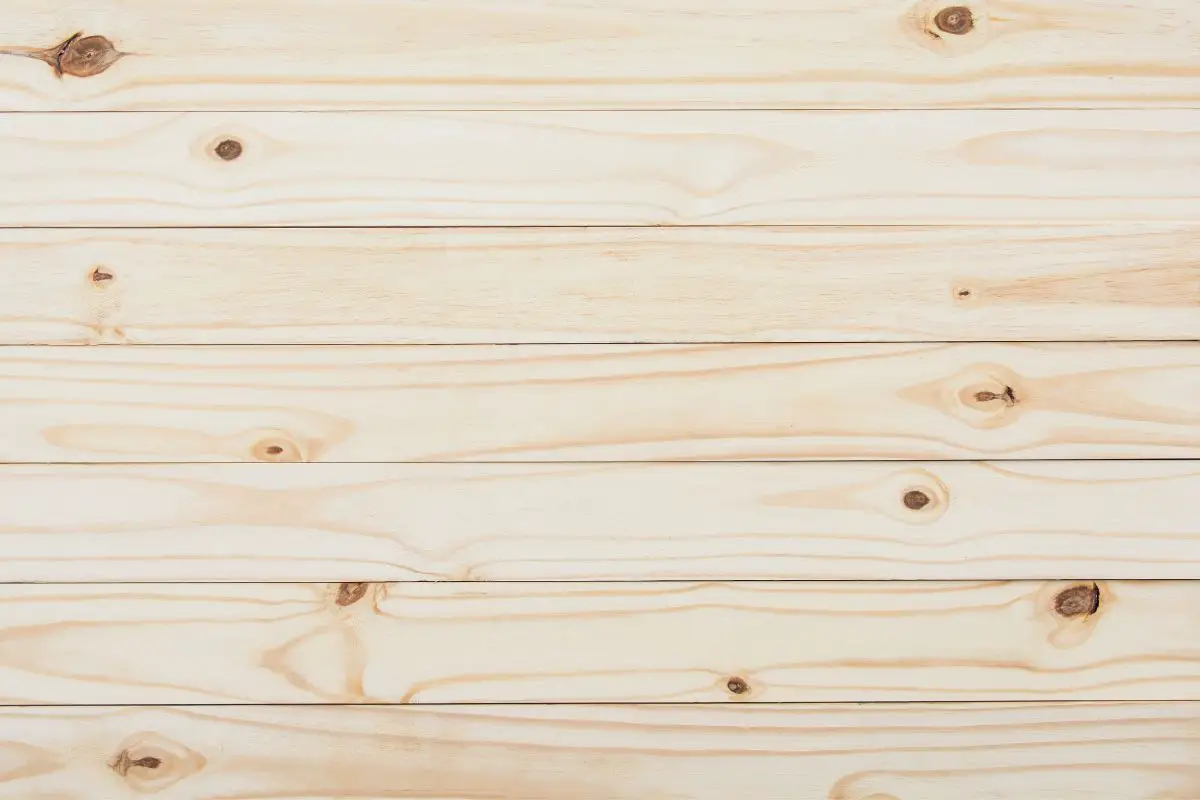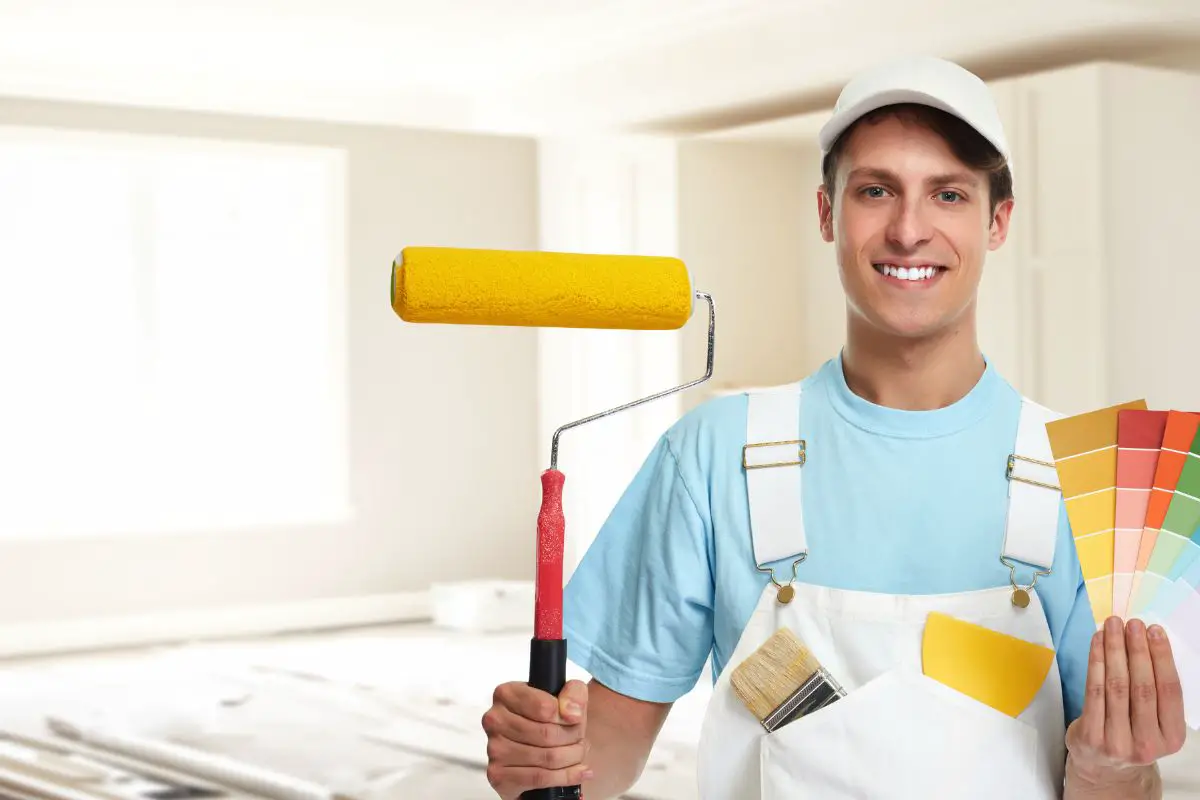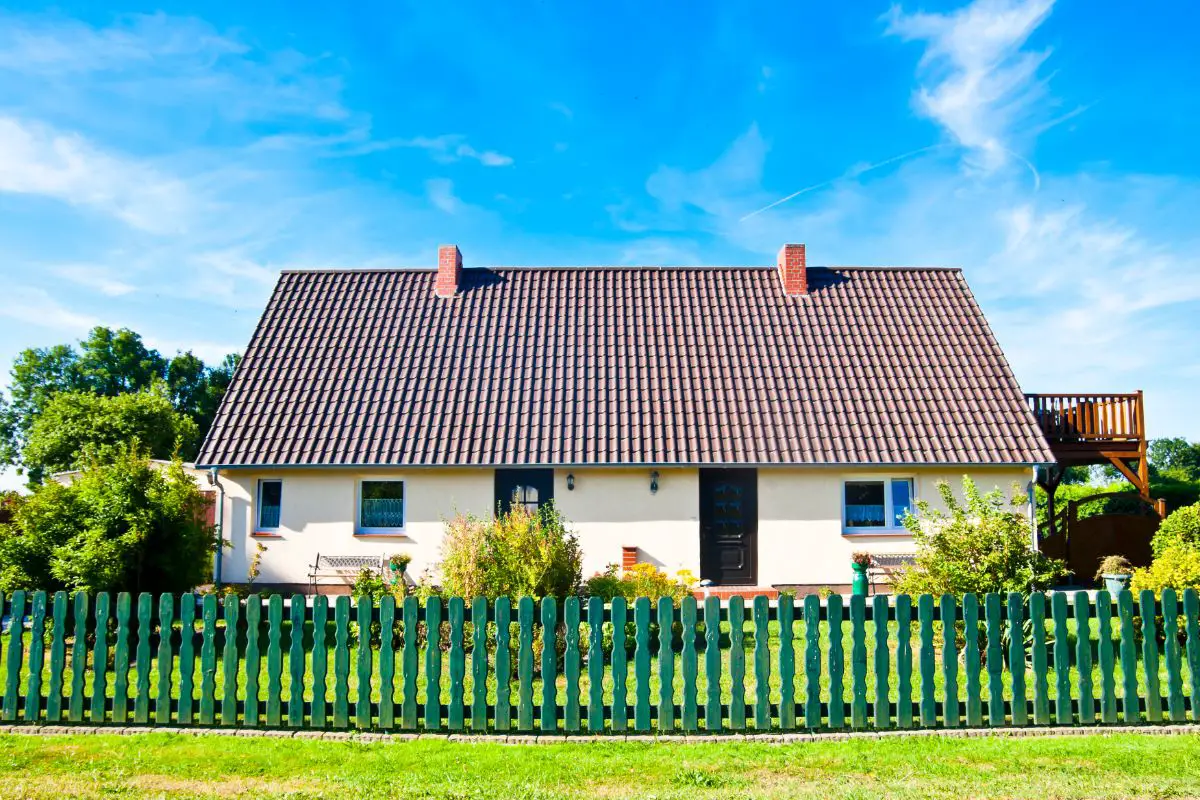Have you ever heard of Lucite? It’s a material that has been used for a variety of applications for more than 80 years, and it’s surged in popularity over the last decade.

But what exactly is Lucite? In this article, we’ll explore the history and properties of this fascinating material to help you better understand what it is and why it’s so beloved.
Overview Of Lucite
While acrylic is a type of plastic, Lucite is an acrylic polymer produced by DuPont.
It was invented in the early 1930s and has since become one of the most popular plastics used for various applications. Lucite is known for its transparency, light weight, strength, and resistance to yellowing and discoloration over time.
The material has a variety of uses because it’s easily molded into any desired shape. It’s a versatile material that can be applied in many creative ways and is highly durable when properly sealed against water damage or wear over time.
Properties And Characteristics
Lucite is known for its clarity and durability. It has a high resistance to sunlight and ultraviolet light, making it the ideal material for outdoor applications.
Because of its strength, flexibility, and transparency, lucite is often used in furniture, signage, and other products.
The surface of lucite is soft to the touch and can be easily molded into any shape desired. It also has an excellent finish that does not need painting or refinishing over time (see also “Can You Use Exterior Paint Inside?“).
The weight of lucite makes it easy to transport from place to place without having to worry about damage or breakage.
Lucite is also resistant to staining from oil and other liquids, making it the perfect choice for kitchen countertops and bar tops.
Overall, Lucite is an incredibly versatile material with many practical applications.
Its strength and durability make it perfect for outdoor use, while its soft surface makes it easy to mold into virtually any shape you can imagine.
Its low cost and stain-resistant properties make it great for both indoor and outdoor use as well.
Uses And Applications
One of the most common uses for lucite is in the manufacturing of furniture and fixtures.
This material is often thermoformed into different shapes, creating chairs, desks, tables, countertops, shelving units and other items that are lightweight yet incredibly strong.
It also has excellent heat resistance, making it ideal for use in outdoor furniture and fixtures.
Lucite can also be used to create a variety of decorative objects such as sculptures, trophies, ornaments, and jewelry.
Its transparency allows light to pass through it easily, while its strength ensures that these creations will last for years with minimal maintenance.
Additionally, since it’s non-toxic and chemically inert, it’s safe to use around food or beverages without leaching any harmful chemicals into the environment.
As this versatile material continues to gain popularity among consumers and manufacturers alike, more creative uses are sure to emerge in the future.
With its combination of durability and transparency, lucite provides an excellent choice when looking for materials suitable for a range of applications.
Manufacturing Processes
Lucite is manufactured through a process called polymerization, which involves combining different monomers to form a polymer.
This process begins with the mixing of two or more organic compounds and adding an initiator and catalyst to the mixture.
The mixture is then heated, which causes the molecules to link together and create a long chain of polymeric material.
After this, solvents are added to produce a clear solution that can be poured into molds for final shaping. Once it has cooled and hardened, the Lucite is ready for use.
The production of Lucite can also involve extrusion, which involves pushing melted plastic through a die that shapes it into tubing or other desired forms.
This method is often used when creating finished products such as rods, tubes, or sheets. Additionally, injection molding may be used in order to shape Lucite into complex shapes such as engine parts or medical devices.
The manufacturing process for Lucite requires careful control of temperature and pressure to ensure that the optimal product is produced every time.
Depending on the specific application, various additives may be added during production to adjust strength or reduce friction.
Quality assurance testing is also conducted throughout production in order to guarantee that every piece meets its intended specifications before being shipped out for use.
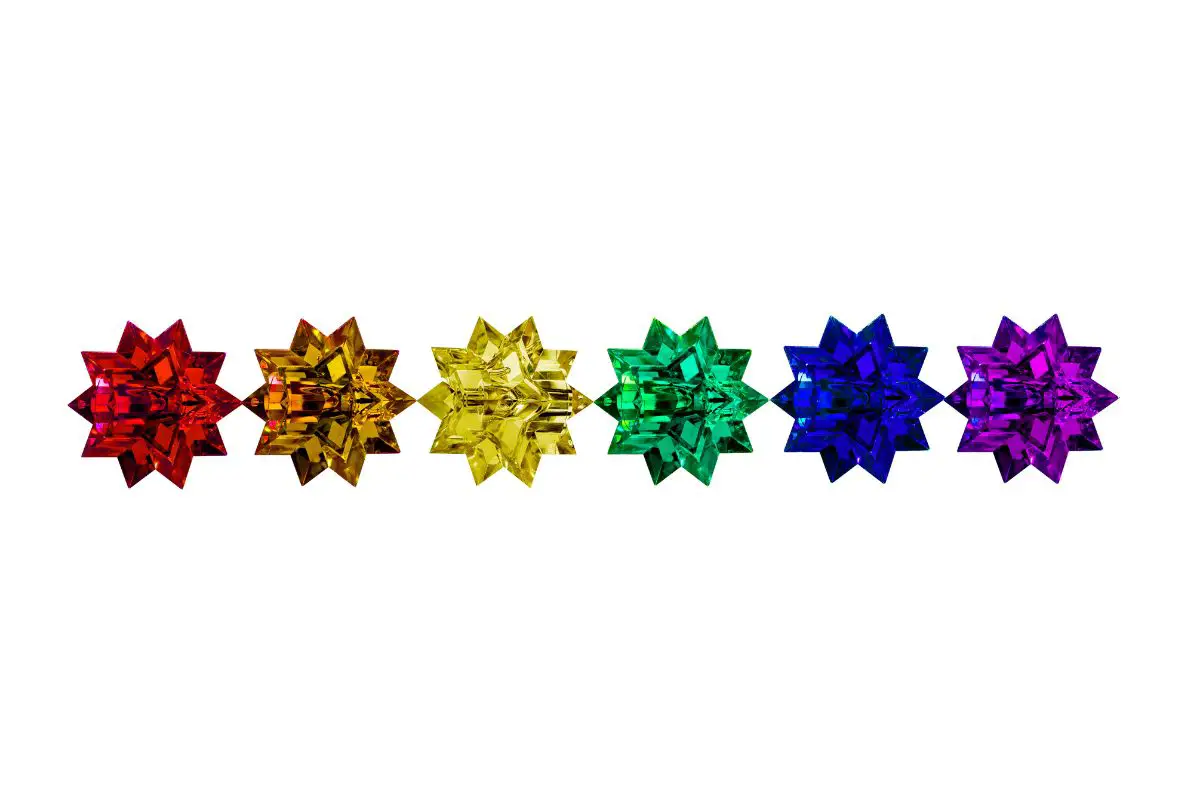
Care And Maintenance
The first step in caring for Lucite is to dust or wipe down the surface regularly.
A microfiber cloth or feather duster works well for this. You can also use a mild soap and water solution if needed to remove any dirt or debris on the Lucite surface.
Do not use harsh chemicals, as they could damage the Lucite over time.
It’s important to avoid putting too much pressure on Lucite when wiping it down or cleaning it with a cloth.
Too much pressure can cause scratches on the surface which will be difficult to remove. Another way to prevent scratching is to use soft materials such as felt when moving Lucite items around the home or office.
For additional protection from scratches, consider applying a protective coating such as wax or lacquer to your Lucite items at least once per year.
This will also help reduce fading from UV exposure over time so that your Lucite pieces stay vibrant and beautiful.
Available Colors And Finishes
Lucite is a versatile material, capable of being produced in a variety of colors and textures. It can also be customized to create unique patterns, such as abstract designs or marbled effects (see also “What Is Cultured Marble?“).
When it comes to choosing a color for your Lucite item, you can choose from opaque or transparent options in bright shades or neutral tones.
Opaque shades tend to be more durable than transparent ones, but both will add vibrancy to your space. You can also combine different colors for a multicolored effect.
Aside from the color, you should also consider the finish. A glossy finish enhances the color and reflects light beautifully, while a matte finish has a softer look that’s perfect for blending into your decor scheme.
You may even want to explore textured surfaces like frosted glass or brushed metal for an extra layer of sophistication. Whatever type of finish you opt for, it’ll bring out the best in your Lucite piece.
Conclusion
In conclusion, Lucite is a durable and safe material that can be used in many applications, including food contact and outdoor use. Its recyclability also makes it an eco-friendly alternative to other materials.
If you enjoyed this post, you might like our article about ‘What Is Rubberwood?‘.
- What Kind of Room Has No Doors or Windows? - December 1, 2023
- What is a Powder Room? - December 1, 2023
- What Is a Kitchenette: Exploring the Features and Benefits of a Compact Kitchen - December 1, 2023

